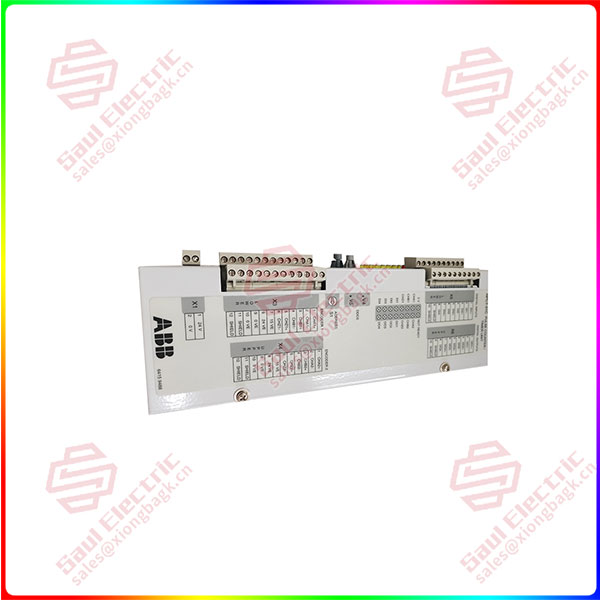Key technologies in machine vision
NPCT-01C In recent years, with advances in technologies such as the Internet of Things, artificial intelligence and machine vision, manufacturing has ushered in a digital revolution. One particularly exciting development in machine vision is the emergence of 3D vision, which effectively improves the efficiency, precision and automation of manufacturing. While our human eyes naturally capture depth by comparing the difference in perspective between our left and right eyes, computers also achieve this through a combination of hardware and software solutions, so 3D vision enables machines to perceive depth and three-dimensional structure from visual data.
NPCT-01C At present, there are a number of different technical solutions to achieve 3D vision. Among them, the stereo vision scheme is to capture the same scene with the help of two or more cameras placed in different locations, and then extract the depth information by comparing the differences between these images; In a structured light scheme, a pattern (usually in the form of light) is projected onto the scene, the camera captures its deformation, and by analyzing how the pattern deforms, clues are obtained about the depth and shape of the objects in the scene. The time-of-flight (ToF) method involves sending an infrared light signal to an object, then measuring the time required for the light to reflect, and then determining the distance between the measured object and the camera; Laser triangulation is one of the commonly used methods in 3D machine vision, which uses an active light source and a camera to obtain a detailed outline of the object under measurement when the laser beam is projected on a cross-sectional line and deflected by the shape of the object.

NPCT-01C
01 2D and 3D solutions for industrial machine vision
NPCT-01C ams OSRAM’s Mira220 is a pipelined, highly sensitive global shutter image sensor designed to provide 2D and 3D solutions for industrial machine vision applications for design engineers, ideal for active stereovision or 3D structured light systems in drones, robotics, smart door locks, and mobile and wearable devices.
The Mira220 megapixel global shutter image sensor has an effective resolution of 1600 (H) x 1400 (V), a frame rate of up to 90fps and a depth of 12 bits. The Mira220’s advanced backlighting (BSI) technology, which stacks the sensor layer on top of the digital/readout layer, yields a footprint of just 5.3 mm x 5.3 mm, making it ideal for chipscale packaging, giving manufacturers more freedom to optimize the design of space-constrained products such as smart glasses and VR headsets. The Mira220 also has very high sensitivity and quantum efficiency, with a pixel size of just 2.79μm, and can be paired with a low-power transmitter without fear of dim lighting conditions.
In addition, the Mira220’s power consumption is very low, only 4mW in sleep mode, only 40mW in idle mode, and only 350mW even at full resolution of 90fps. The Mira220 sensor uses the MIPI CSI-2 interface for easy interaction with the processor and FPGA, and the registers on the chip are accessible via the standard I2C interface for easy sensor configuration. The JetCis evaluation system uses an open Linux-based development platform and runs on Nvidia’s Jetson Nano embedded system. The Mira220 Global Shutter image sensor is supported by the JetCis evaluation system, and all products and evaluation kits are available on the Mouser website.
 1 Year Warranty
1 Year Warranty





